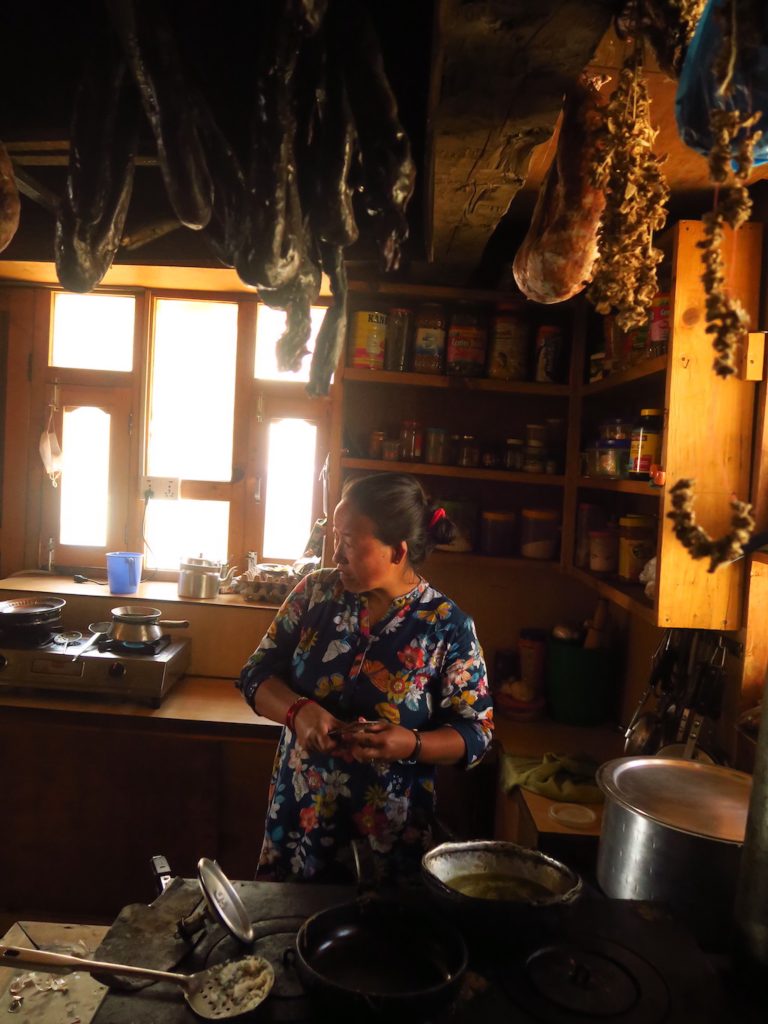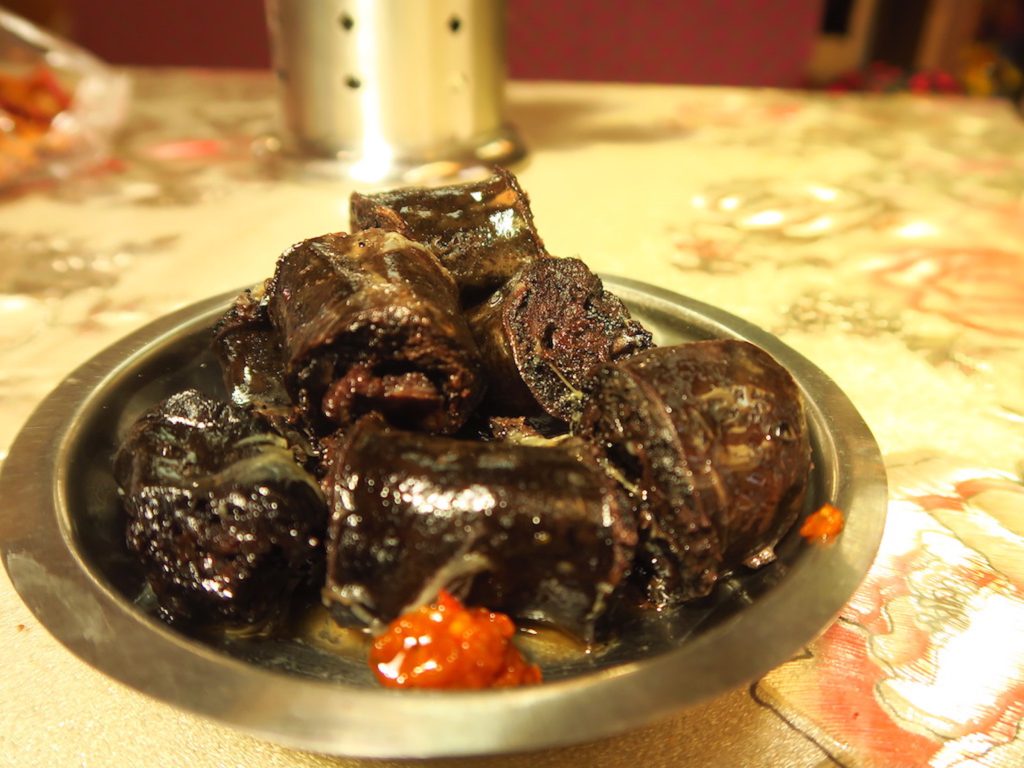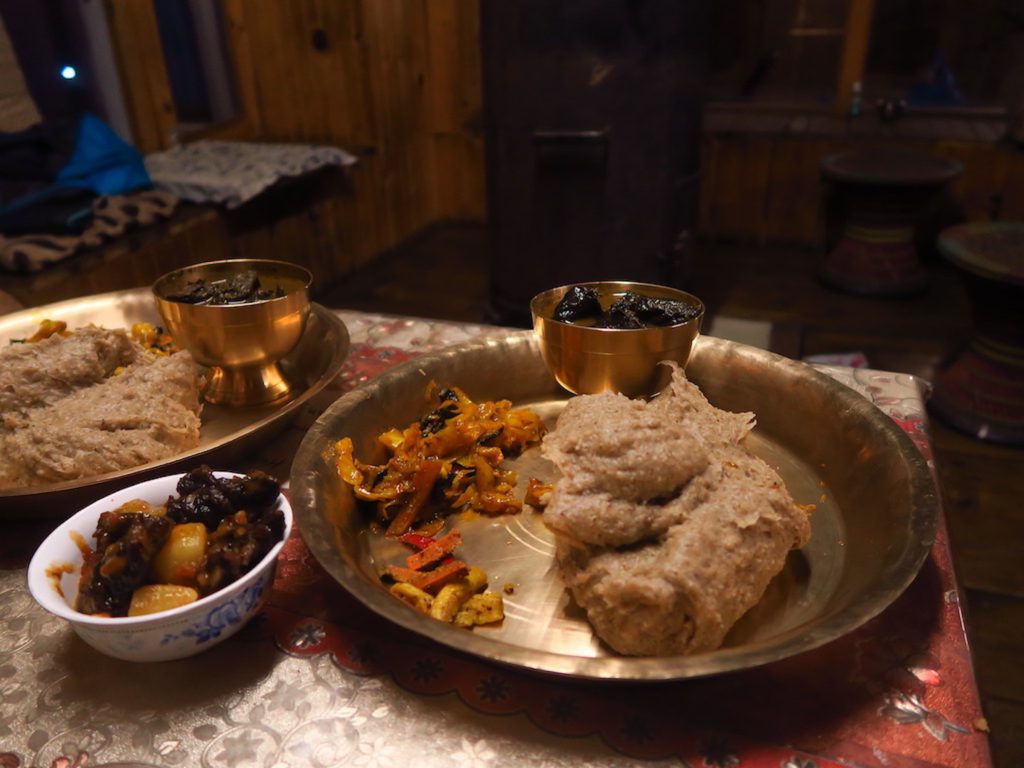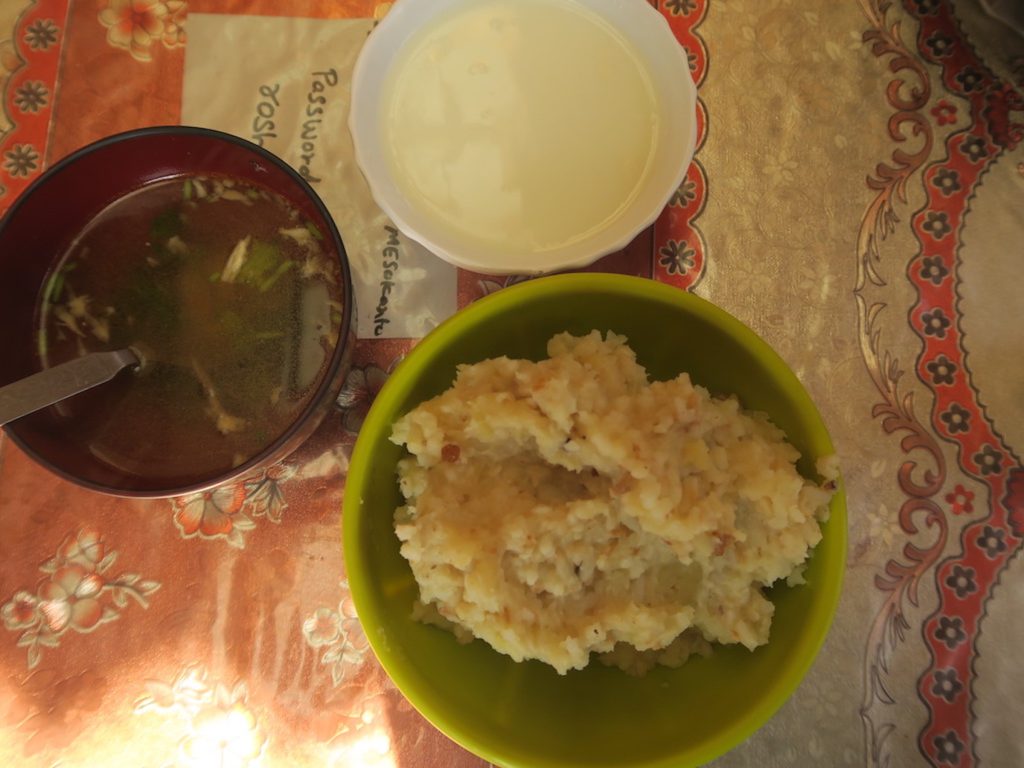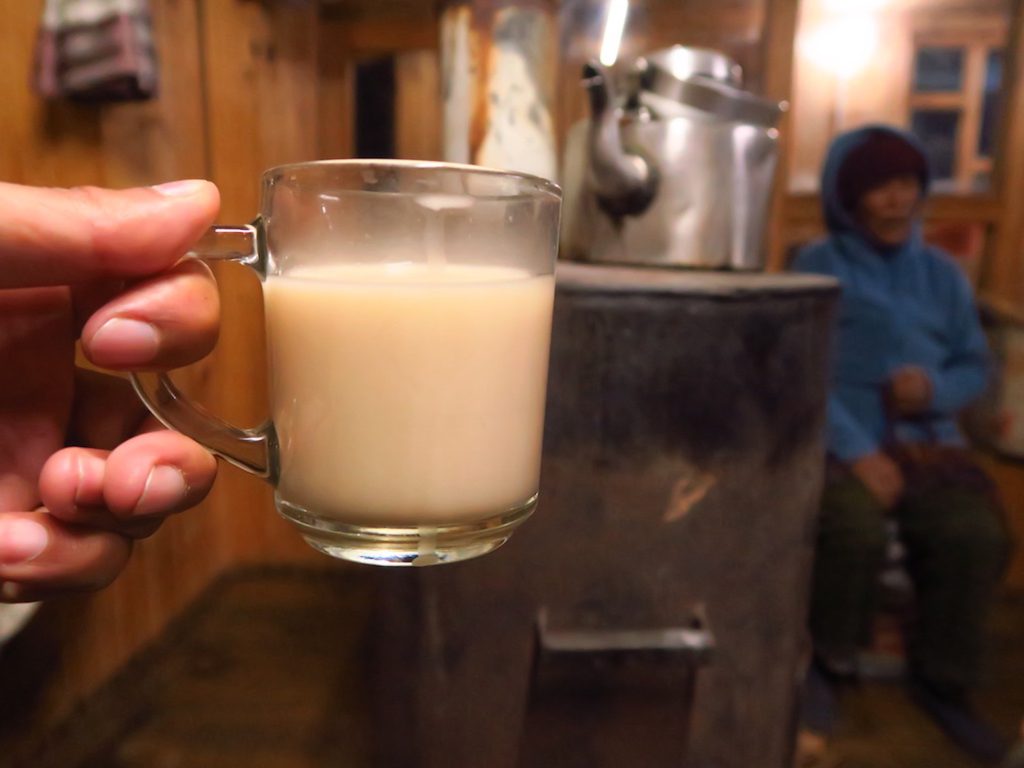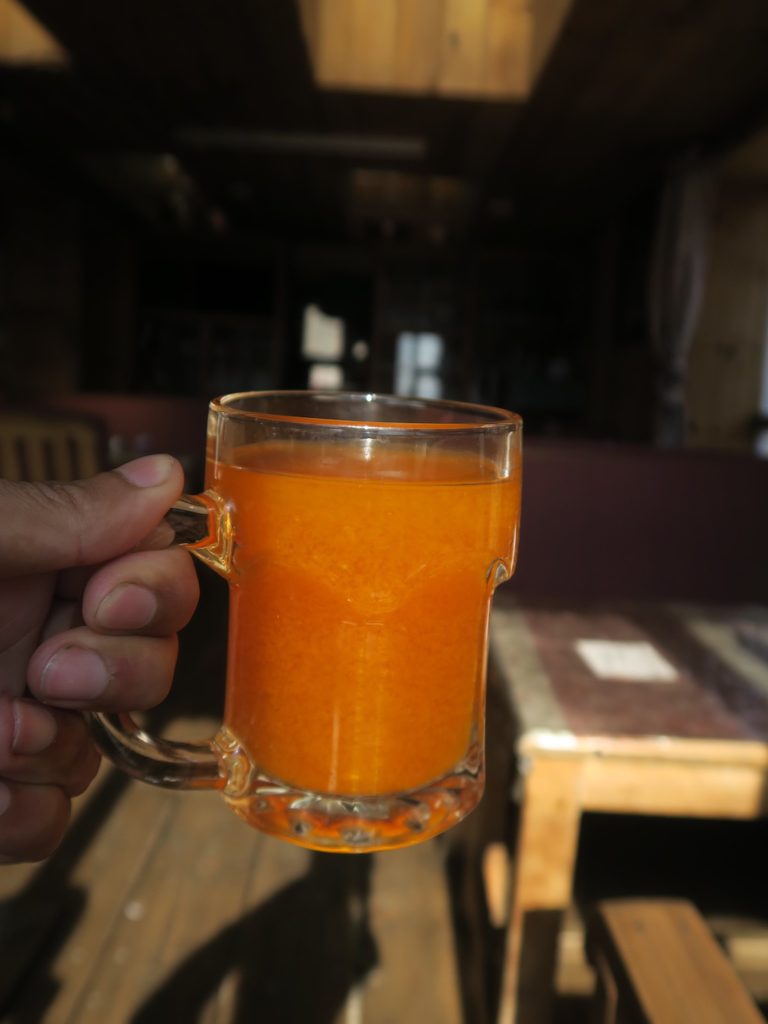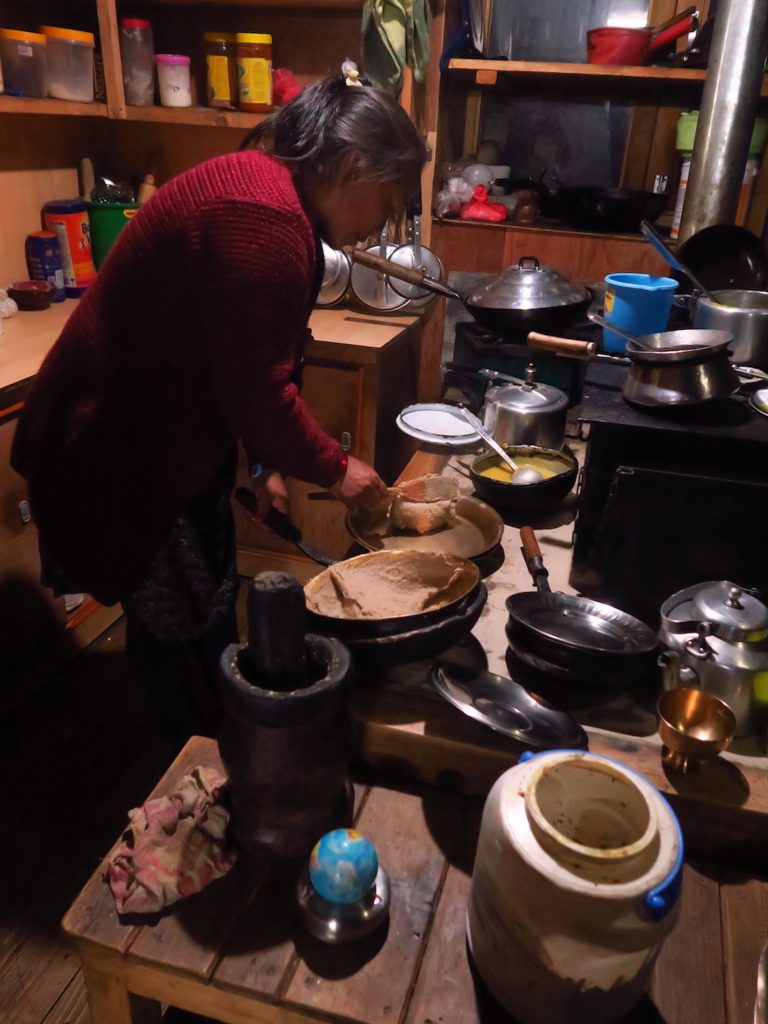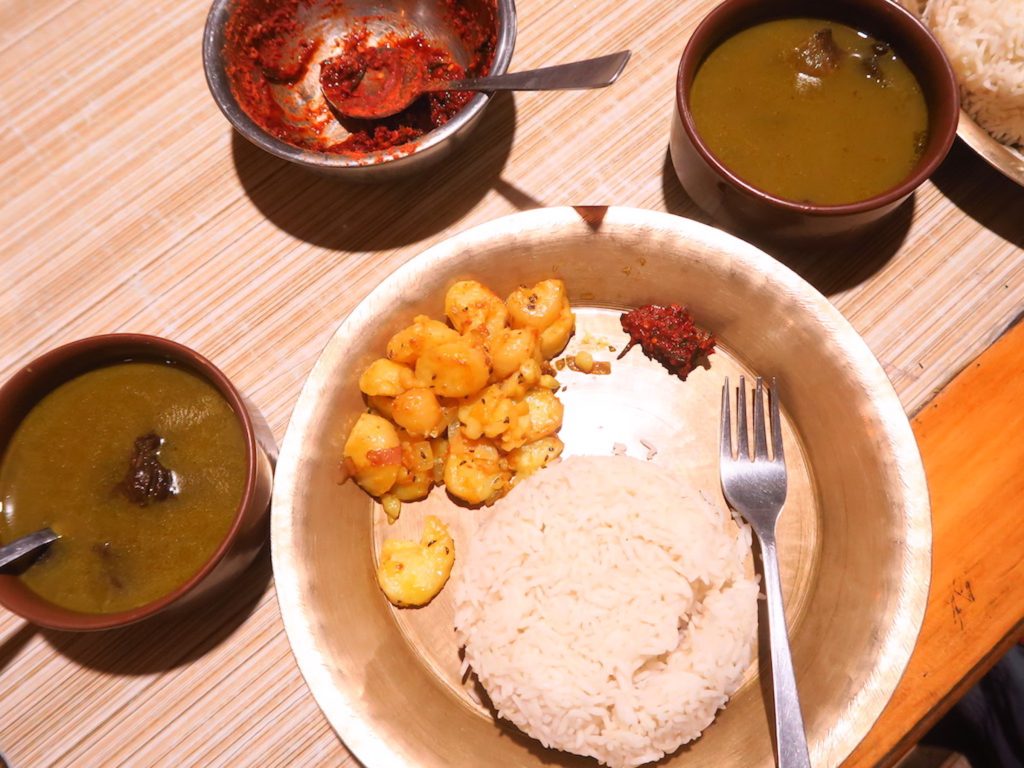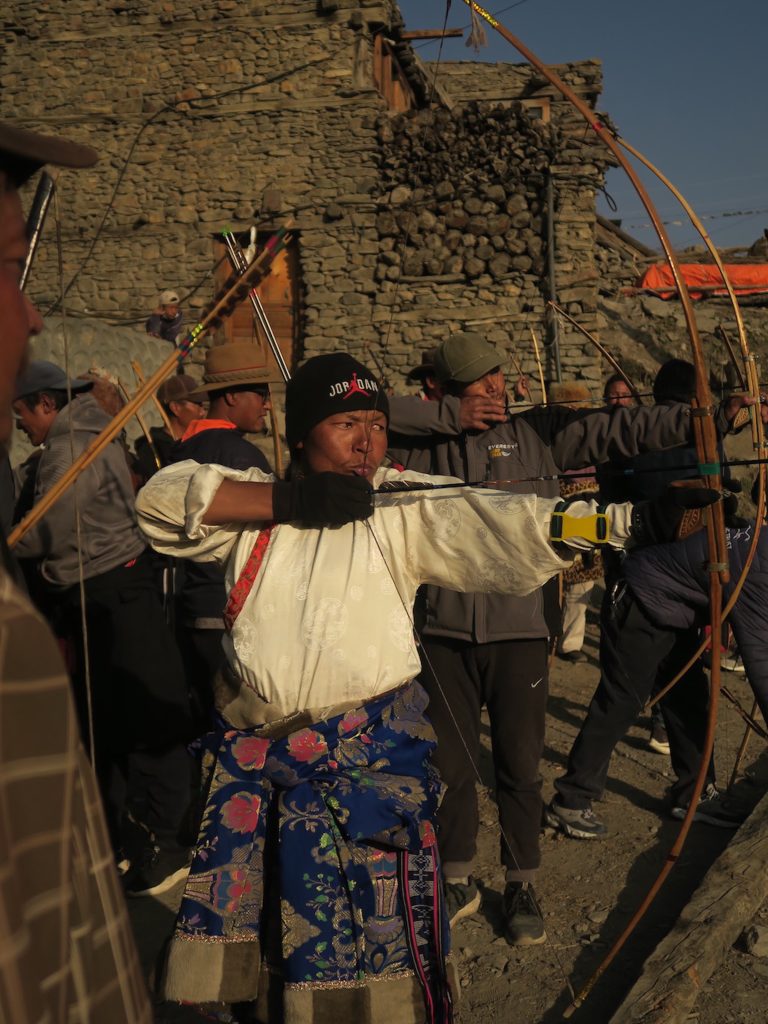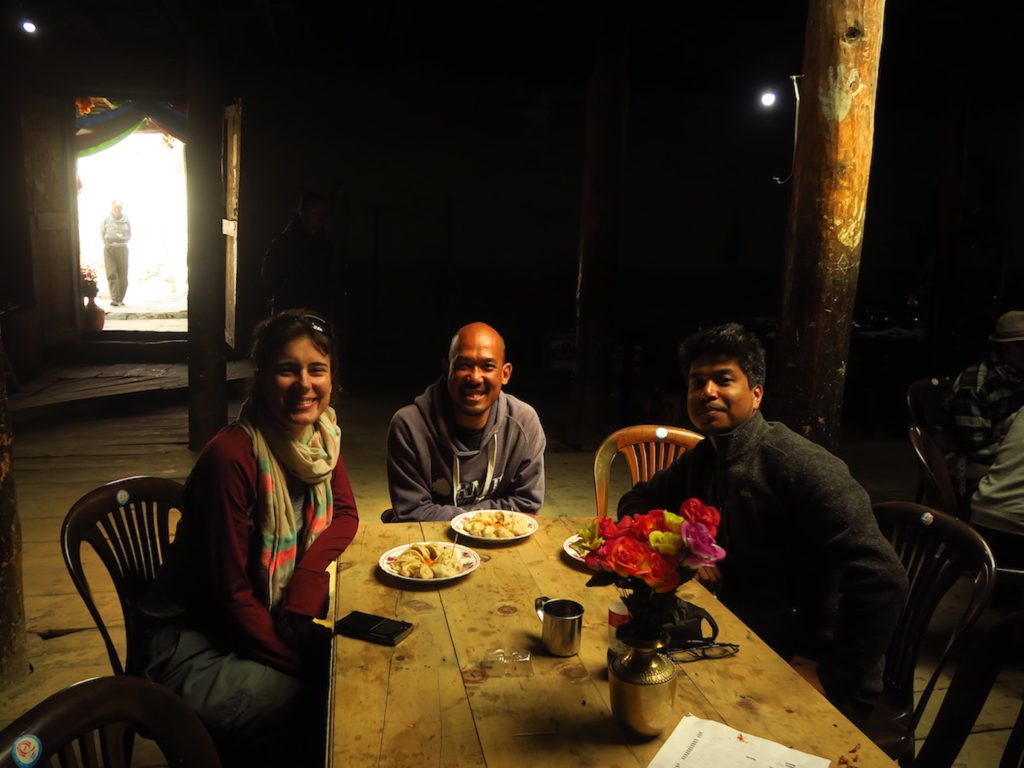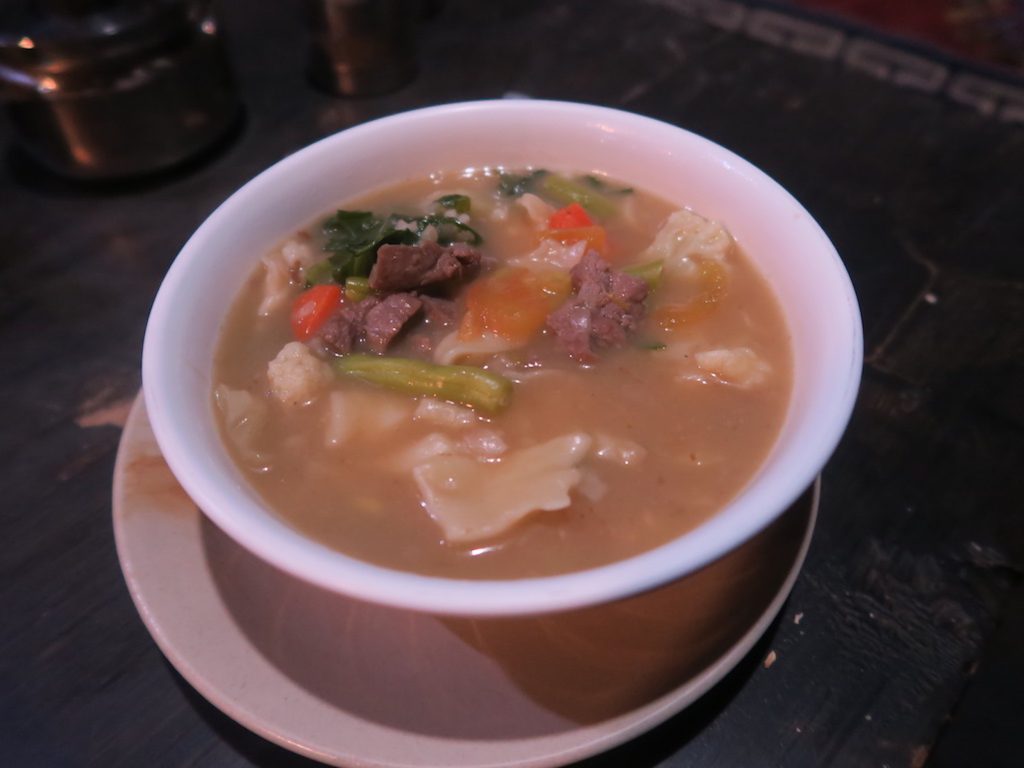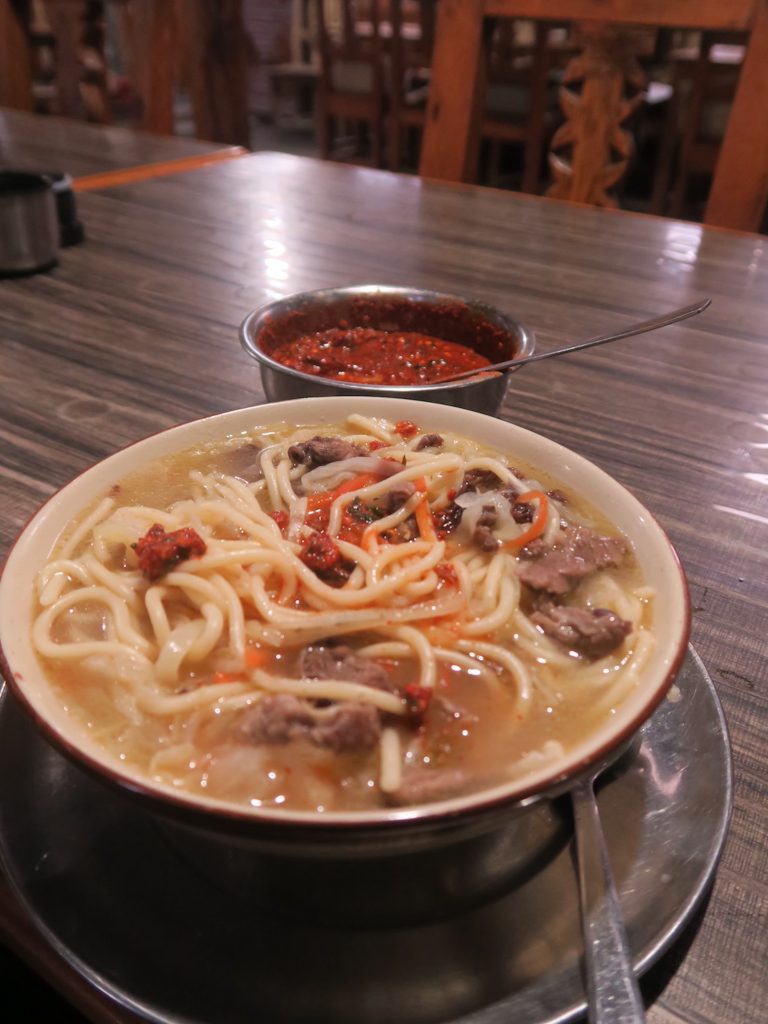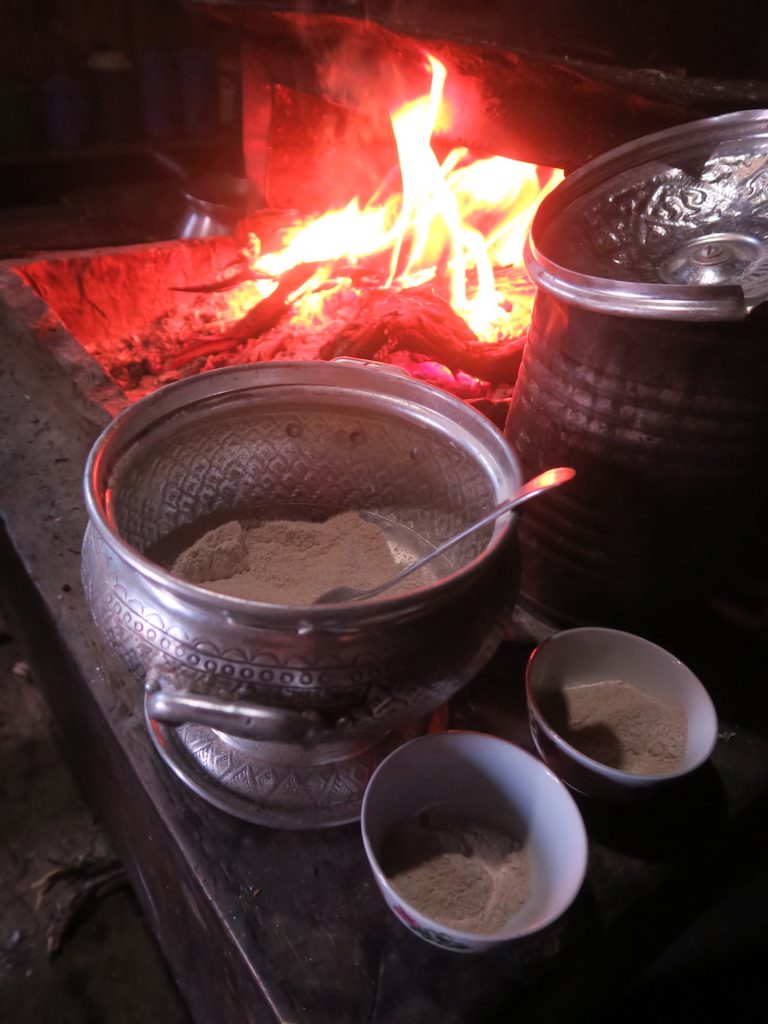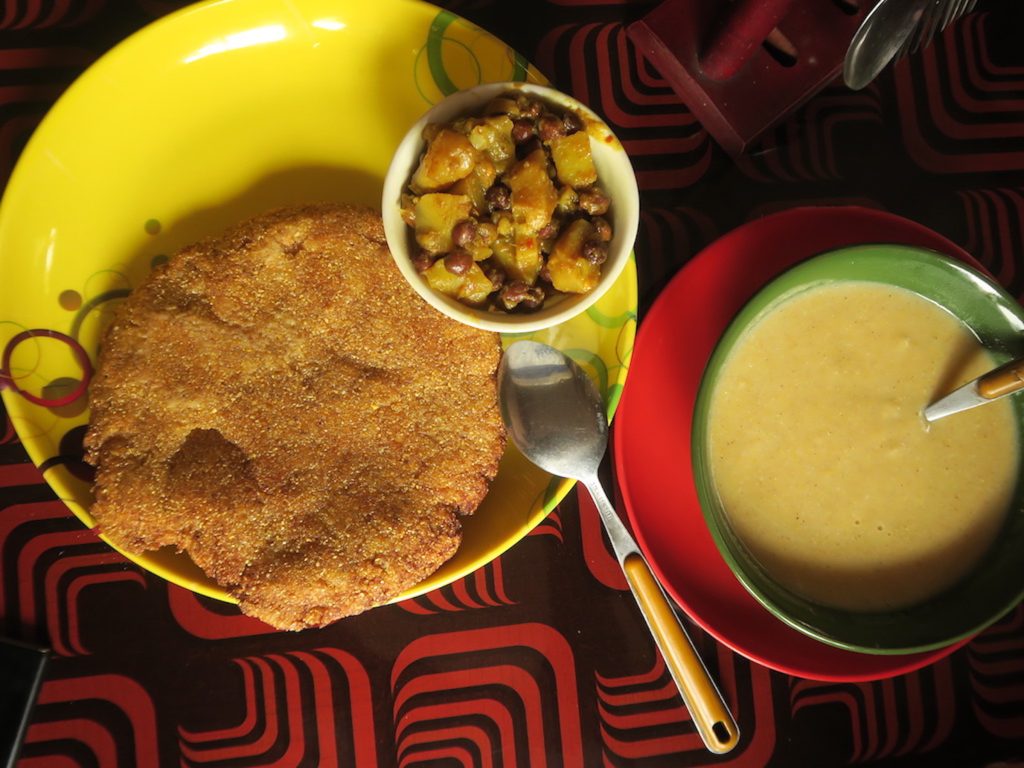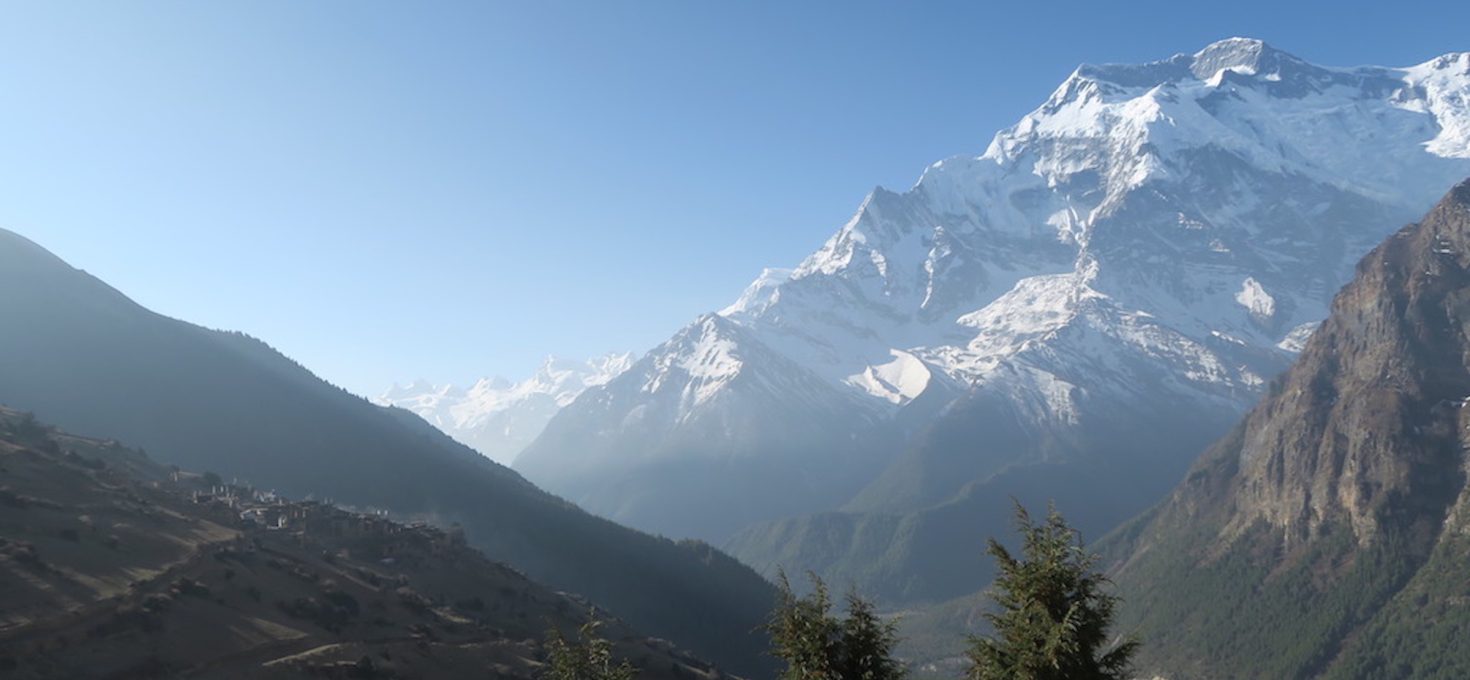When I first trekked to Manang back in 2009, it rained and snowed the whole trip. Cloud hid the mountain. Snow covered the trail. We crawled to Tilicho on the slippery trail with our four legs and crossed Thorungla Pass with poor visibility, heart-piercing cold wind, and knee-deep snow. I enjoyed it then, but every time I remember crossing the pass without proper gears sends chills down my spine. The trip turned wild and adventurous, but definitely not a wise one.
This time, the trek to Manang might be less adventurous but a beautiful one: good weather, clear blue sky, food, festival, and the odyssey with my love. We took the alternative route from Dhikur Pokhari through Upper Pisang and Ghyaru – a beautiful village sitting at an elevation of nearly 3800 m – looking over the majestic Annapurna mastiff in the south and the beautiful valley and Marshyangdi river down. The most enjoyable and scenic section of the trek.
In Manang and Khangsar village, locals were busy with the archery festival ‘Meta’. Those who reside in cities also come to the village during the annual festival. We were fortunate to observe it. Men gather and play archery for 4-5 days. Traditionally, on the pretext of playing, the village’s male leaders used to gather to discuss and plan local affairs for a year before the cropping season starts .
The other highlight of the trek was the local food. In 2009, on my first trek to Manang, little did I know about the local foods. We had daal-bhat almost every day. The only new food experience I had then was marchya, a salty butter tea that is popular across the Himalayan mountainous belt. I remember the guest house owner made us the tea early morning churning nak (the female yak) butter, salt, milk and brewed tea together in a long narrow cylindrical wooden vessel. Nowadays, people barely make tea the traditional way. An electric blender churns tea in a minute.
The culinary experience started even before the Manang Valley. In Jagat, while I was waiting for my love to join the trek, the hotel owner Didi made us a deep-fried slightly sweet maize flour bread that we had with chili-timmur dip and potato curry. I had never seen, let alone tasted, a deep-fried maize flour roti before. She used a powder made from a wild tree bark known as ‘kaulo’ to make it soft.
The best food experience we had during the whole trip was in Khangsar, a beautiful village with traditional buildings located nearly two hours walk from Manang village, on the way to Tilicho lake. We discovered the Hotel Mesokanta-La and Restaurant randomly while looking for a place to stop for a cup of tea on our way to Tilicho. As I was ordering tea, blood sausage (ghinte), dried yak meat, and preserved yak fat (chhi) hung over the firewood oven caught my eye. We had stopped for tea but ended up having a small plate of blood sausage for breakfast. Cooked in haste, blood sausage was a bit hard to chew and had a strong aroma but a delicious taste. I already knew that we would stop here on our way back to enjoy the local delicacies to the fullest.
While returning from Tilicho, we spent a night in the hotel. The owner-couple, Tshering didi and Kanchha dai, made us delicious traditional meals using local produces dried-yak meat & potato curry, wild mushroom curry, ghinte–pote khu (dried yak blood sausage and buckwheat greens powder soup), which we had with buckwheat dhindo (thick porridge-like). For breakfast, she made us another local dish that I never had before: alu ken. It is mashed rice and potato flavoured with preserved yak fat, which is served with simple uncooked soup made from garlic, sichuan pepper, salt, chilies, and warm water.
Eating local foods makes travel immersive. Not only that you are supporting the local community, agriculture practice, and economy but also appreciating and acknowledging the culture. Through food, we connect. We learn so much about the people and community.
In Khangsar, we learned a lot about Manang culture, history, foods, and changing society through Tshering didi and Kancha dai. We also learned recipes of the dishes we had. Didi told us she felt happy that we asked for the local foods. We also bought loads of local produce we could squeeze into our backpacks.
